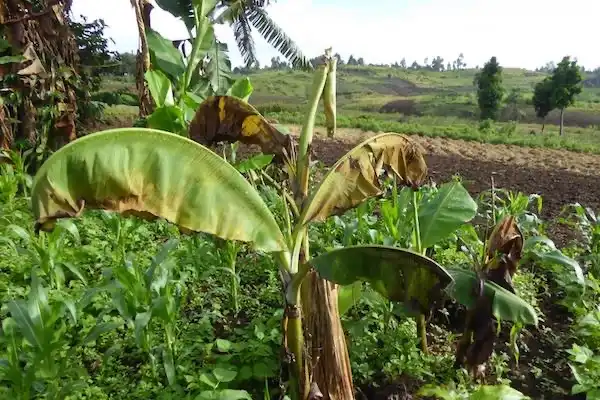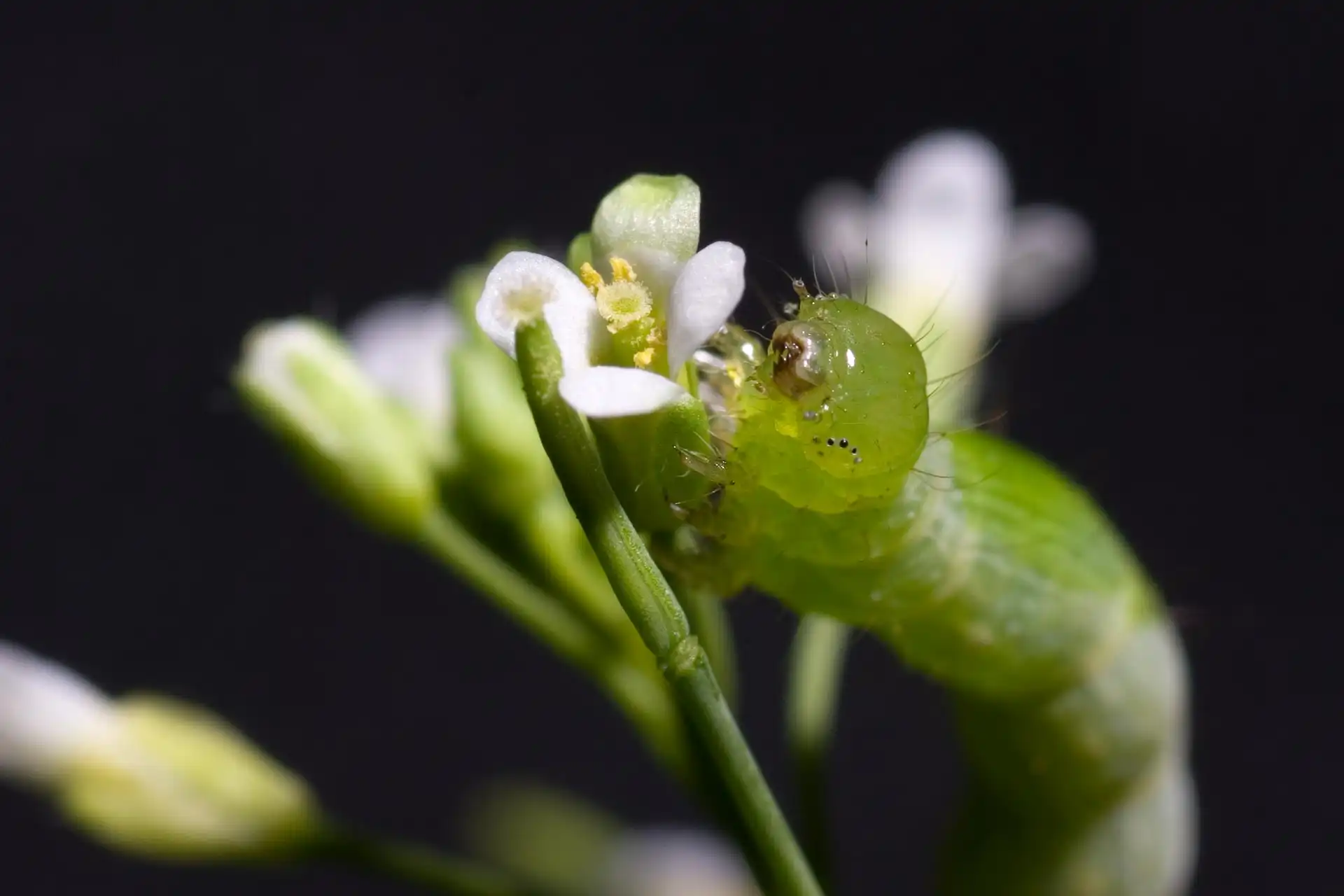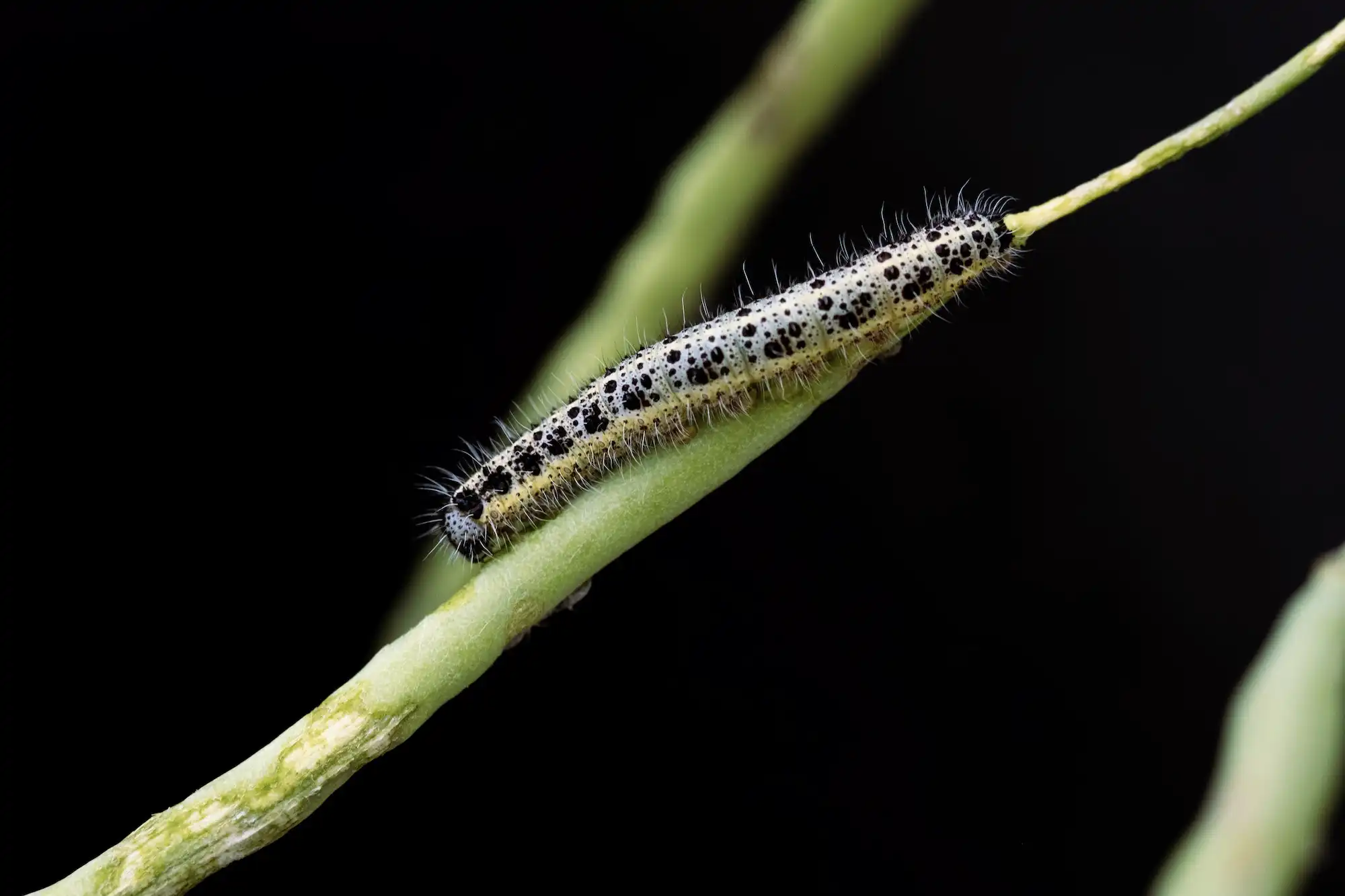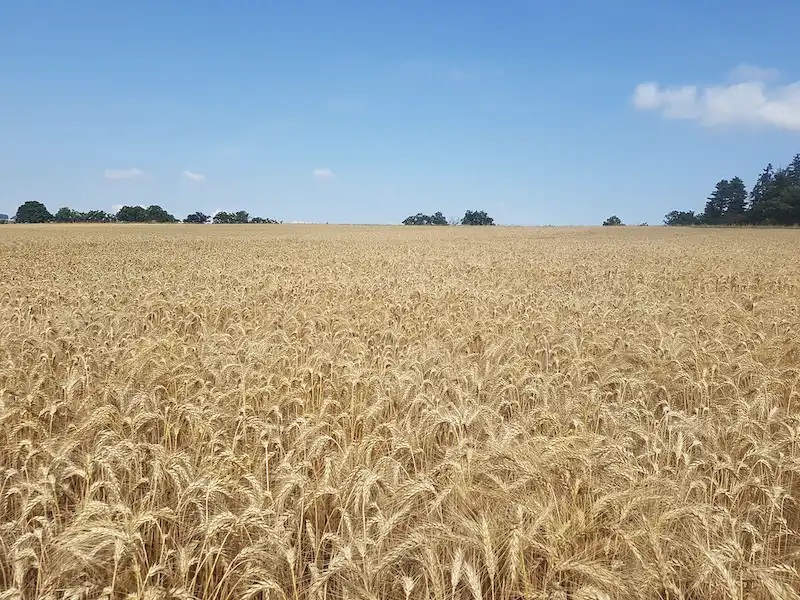
Researchers have developed an RNA-based spray to combat myrtle rust, an invasive fungal disease threatening native Australian plants. The treatment not only prevents infection but also cures already infected plants. This breakthrough offers hope for preserving vulnerable plant species.
Read More













